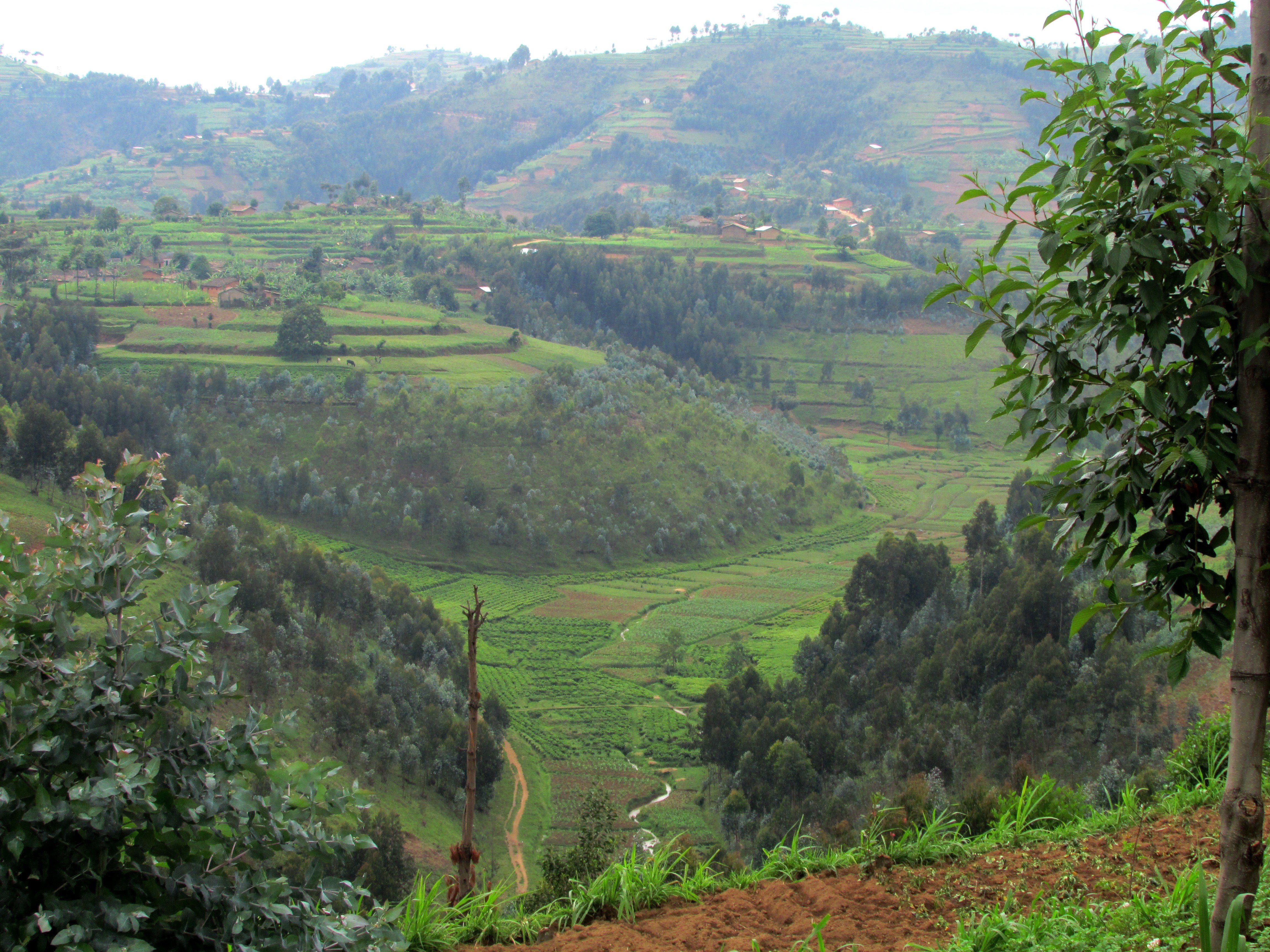
Think Big: Landscapes rich with trees deliver multiple benefits
Most development projects start out with a particular assumption about scale: the first order of business is to run a pilot to test a particular intervention, and then, if the results are promising, go on to duplicate the intervention to reach a greater number of people.
This assumption makes sense in a good number of situations – but not always. For a PROFOR-supported research team looking at the practice of growing trees on cropland, the logical approach actually started with thinking big.
As team leader and World Bank Sr. Natural Resources Economist Diji Chandrasekharan explained, “Instead of asking the question ‘what works and how do we scale it up?’ we wanted to ask, ‘what’s happening at scale and why?’ We wanted to find something that was already large, find out why, and how those conditions could be enabled elsewhere.”
The team’s study focused on Rwanda and Malawi, where Tree-Based Systems (TBS) are common on agricultural lands, although carried out in different ways. In Rwanda, agroforestry practices largely take the shape of farm woodlots, contour hedgerows, gardens, scattered trees in fields, and boundary-planted trees. Not only has agroforestry been practiced for centuries in Rwanda, but the government has a history of promoting such initiatives. In Malawi, thousands of hectares of cropland are under Farmer-Managed Natural Regeneration (FMNR), a low-cost technique to revive trees and shrubs, and thus improve soil fertility.
While TBS practices vary widely, they are generally linked to a range of economic and environmental benefits. First there is the ability of households to use trees for fuelwood, charcoal, timber, or as a source of income. Second, trees can boost agricultural productivity: a study in Malawi found that maize yields increased by 4-53 percent when the crop was planted under Faidherbia trees. In addition, trees on farms can act as an important carbon sink, sequestering greenhouse gas emissions even as forests around the world continue to be threatened. In Malawi, maize intercropped with G. sepium can result in the removal of 1.6 metric tons of carbon dioxide equivalent (CO2e) per hectare every year. These multiple benefits are crucial for Malawi and Rwanda. Not only do both countries have growing populations that rely overwhelmingly on agriculture for their livelihoods - which are increasingly vulnerable to the effects of climate change – but they have also committed to help mitigate CO2 emissions.
Yet for all of the advantages of TBS, the practice is not being adopted everywhere – so what is happening in Malawi and Rwanda to make it so widespread?
The team found that the likelihood of TBS being adopted depended on several factors, including the availability of agricultural extension services; access to tree seeds and seedlings; the existence and effectiveness of local bylaws promoting TBS; and the effectiveness of trees in enhancing soil fertility.
Equally interesting was the significance of collective action in promoting TBS. As Diji Chandrasekharan noted, “We need to find ways to go beyond putting in place the right policy environment and investing in the most efficient technologies. We also need to help build social capital by supporting the conditions under which village leaders can bring community members together and transfer technology through a collective mechanism.”
Based on their findings, the research team drew up recommendations for the governments of Rwanda and Malawi to further promote TBS. For instance, both Malawi and Rwanda could put their existing agricultural extension programs to work more effectively in promoting for trees on farms. In Malawi, there is a very clear economic case for expanding TBS: instead of subsidizing fertilizer to improve agricultural productivity, the government could save some $71 million annually by promoting the intercropping of trees in maize fields.
In addition, results from the studies will feed directly into country-level interventions, including the Forest Investment Program in Rwanda, and a new project being discussed in Malawi. More broadly, Diji Chandrasekharan hopes to raise greater awareness of the multiple benefits of TBS on agricultural and other landscapes, as well as the value of thinking – early on – about going to scale. “Our framework points to the importance of knowing what scale you want to reach right from the beginning, and then working backwards,” she said. “That requires a subtle difference in how we plan and design projects”
For stories and updates on related activities, follow us on twitter and facebook, or subscribe to our mailing list for regular updates.
Last Updated : 06-16-2024








